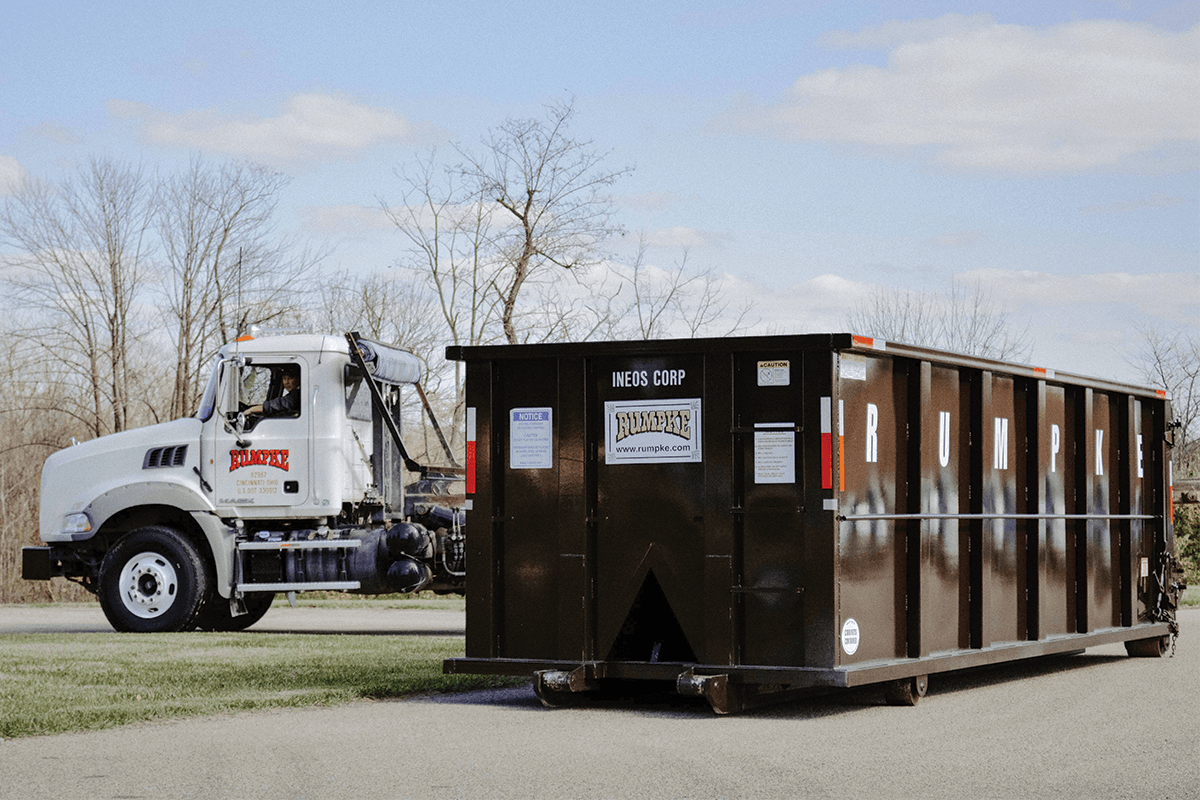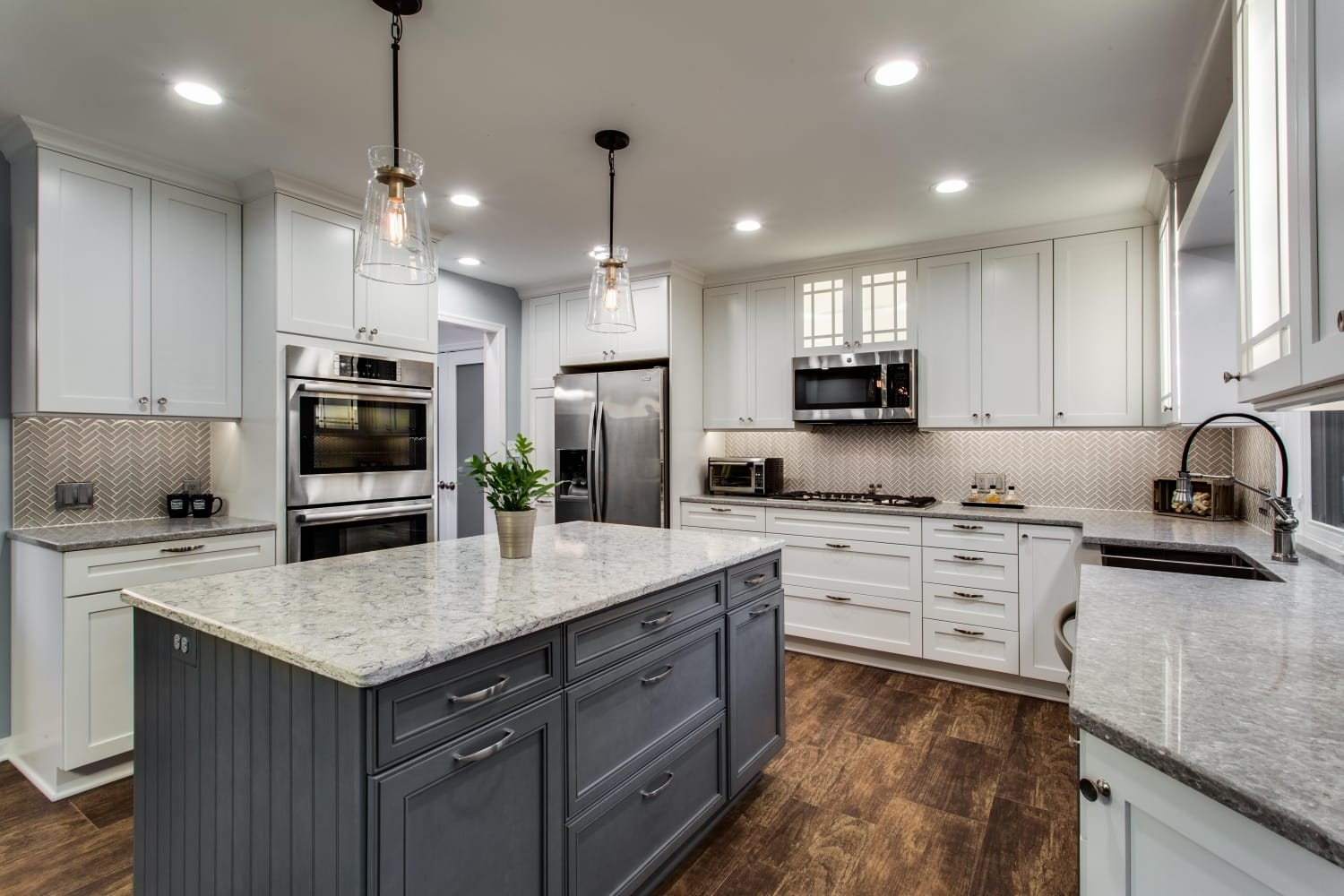Windows play a vital role in any home, providing natural light, ventilation, energy efficiency, and aesthetic appeal. Over time, even high-quality windows can deteriorate, leading to drafts, higher energy bills, and decreased comfort. Understanding when and how to replace windows, and which types to choose, can help homeowners make informed decisions and improve the overall value of their property.

1. Signs That It’s Time to Replace Your Windows
Not every old window needs replacement, but there are key indicators that suggest it may be necessary:
- Drafts or Air Leaks: Feeling cold or hot air near the window frames is a sign that seals are failing.
- Condensation or Moisture Between Panes: Double- or triple-pane windows that fog up indicate broken seals.
- Difficulty Opening or Closing Windows: Warping, swelling, or sticking can make windows hard to operate.
- Visible Damage: Cracked glass, rotting frames, or water damage around the window are serious warning signs.
- High Energy Bills: Old or inefficient windows can lead to higher heating and cooling costs.
2. Choosing the Right Window for Your Home
Selecting windows requires consideration of material, style, energy efficiency, and cost. Common window frame materials in the U.S. include:
- Vinyl: Durable, low-maintenance, and energy-efficient. Vinyl windows are affordable and resist warping or rotting.
- Wood: Offers a classic, high-end look and excellent insulation but requires regular maintenance and is susceptible to moisture.
- Fiberglass: Strong, durable, and energy-efficient, fiberglass windows resist warping and perform well in extreme climates.
- Aluminum: Lightweight and low-maintenance, aluminum frames are less energy-efficient and may require thermal breaks to reduce heat transfer.
When it comes to window styles, homeowners can choose from:
- Double-Hung Windows: Traditional, versatile, and easy to clean.
- Casement Windows: Hinged at the side, offering excellent ventilation and energy efficiency.
- Sliding Windows: Popular for wide openings, easy to operate, and provide unobstructed views.
- Bay or Bow Windows: Add architectural appeal and expand interior space, though more expensive.
3. Energy Efficiency Considerations
Energy-efficient windows help reduce heating and cooling costs and improve home comfort. Key features to look for include:
- Double- or Triple-Pane Glass: Multiple layers of glass provide better insulation.
- Low-E Coatings: Special coatings reflect heat in summer and retain warmth in winter.
- Gas Fills: Argon or krypton gas between panes improves thermal performance.
- Weatherstripping and Proper Seals: Prevent drafts and water infiltration.
Many windows in the U.S. carry the ENERGY STAR® label, which indicates compliance with efficiency standards for your region.
4. The Window Replacement Process
Replacing windows involves several important steps:
- Assessment: A professional evaluates existing windows, frame condition, and home structure.
- Choosing Materials and Styles: Homeowners select frames, glass, and window styles based on performance, aesthetics, and budget.
- Measuring and Ordering: Accurate measurements are crucial for a proper fit.
- Removal of Old Windows: The existing window is carefully removed, including trim and insulation if needed.
- Installation: New windows are fitted, sealed, and insulated to prevent air and water leaks.
- Finishing Touches: Interior and exterior trim are replaced or repaired, and the area is cleaned.

5. Costs and Considerations
Window replacement costs vary depending on the material, style, size, and labor. On average in the U.S.:
- Vinyl Windows: $300–$700 per window installed
- Wood Windows: $600–$1,200 per window installed
- Fiberglass Windows: $800–$1,500 per window installed
Other factors include home location, energy efficiency upgrades, and whether multiple windows are replaced simultaneously. Investing in quality windows can increase home value, lower energy bills, and improve comfort for decades.
6. Maintenance and Care
Even energy-efficient, modern windows require some care:
- Regular Cleaning: Wash glass and wipe frames to prevent dirt buildup.
- Inspect Seals and Weatherstripping: Replace worn seals to maintain energy efficiency.
- Lubricate Moving Parts: Hinges, locks, and tracks should be lubricated for smooth operation.
- Check for Damage: Monitor for cracks, leaks, or condensation and address issues promptly.

Conclusion
Window replacement is an important home improvement project that enhances comfort, energy efficiency, and curb appeal. By recognizing signs of deterioration, selecting the right materials and styles, and using professional installation, homeowners in the United States can enjoy better-insulated, more attractive, and longer-lasting windows. Proper maintenance ensures that your investment continues to perform well for many years.



